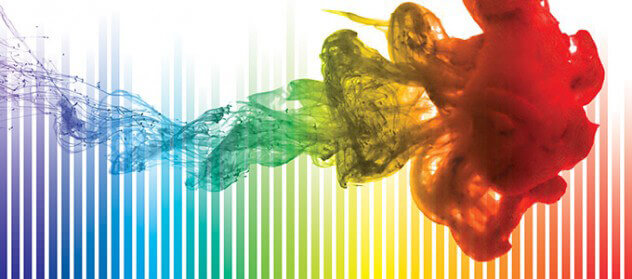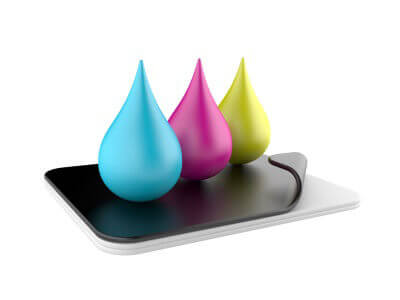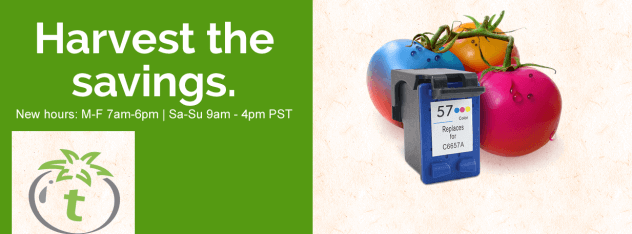Nano, Water Based and Alternative Media Inks Are Expanding Print Abilities
Nano Technology and Ink FormulationAt the same time that consumer printer manufacturers are having increased financial struggles through increasing raw materials costs and other, self-inflicted business decisions new leaps in ink formulations and quality are being made on a regular business. One of these lies in a new method of creating luminescent inks.
In this instance, eggs are the source of the nano inks. Plasma streams are directed at either the yolk or white of the egg; they each render different ‘carbon dots’, or C-dots, and measure only 2.2 nan-meters (nm) or 3.4 nm, with the egg white yielding the larger, 3.4 nm C-dots.
These C-dots contain graphitic structures, are easily soluble and resistant to acids and other bases. They naturally fluoresce a bright blue under UV lights, and it is assumed that the luminescence comes from micro surface defects which ’trap’ the excitatory UV light, similar to an antenna.
These new inks have already been tested on both inkjet and silk screen processes, and additional colors have been formulated by adding organic dyes or semi-conducting quantum dots. The direction of the researchers is geared towards printing forgery proof labeling and opto-electric sensor applications, but once the inks have seen a greater introduction to actual printing applications there is no question that other uses will emerge which the designers had never thought of.
Nano inks like the one above and other nano ink formulations such as waterless inks by Landa are pushing the boundaries on what we can expect of inks that utilize nanotechnology, but all the advances are not confined to nanotechnology in the ink world.

image source: xrite.com
Water Based and Alternative Media Formulations
Ink formulations such as that by Digitl Ink of the UK, who have developed two water based inks designed specifically to print on textiles and fabrics directly, opposed to the normal screen printing process that has been used most often for this type of printing. A big advantage to the water based inks in these applications is the lack of odor, which is especially useful in commercial printing environments.
The idea of printing directly on t shirts and other fabrics and textiles will be very useful for small and home based printing businesses and make instant printing on t-shirts an everyday event, as well as printing fine art and photographs on a variety of substances. There is no question that photography studios and artists will quickly make good use of these inks and begin using them for applications that we cannot even think of at the current moment, such as printing directly on mugs, cups and plates among other things.
So, even as the makers of consumer printers are having troubles the scientists and engineers are developing new inks and processes that are pushing the boundaries of printing far beyond what they are today. Most of these will see use first in commercial applications, but as has been discussed here and elsewhere these technologies will quickly become adapted to lower end and consumer users.
There is not much question that the manufacturers of consumer printers will have to adjust their business models as time goes by, so small home based and small business printers will almost certainly become a bit more expensive, but the expanded abilities of these printers will make the rise in cost seem a small thing when compared with those expanded abilities.

image source: iformulate.biz
The Fast Changing World of Printing and Ink Technologies
And in the end, there will always be alternatives to the higher cost OEM ink cartridges. The remanufactured and compatible ink cartridge manufacturers that originally started because of the exorbitant prices original manufacturers were charging will; continue to fill an important niche in the printing and ink industry. They have become experts at repairing and refilling used ink cartridges, and are making better and better brand new cartridges that are indistinguishable from their more expensive counterparts. As new printing technologies come online, these manufacturers will continue to offer less expensive alternatives to the original equipment.

Harvest Savings with TomatoInk
